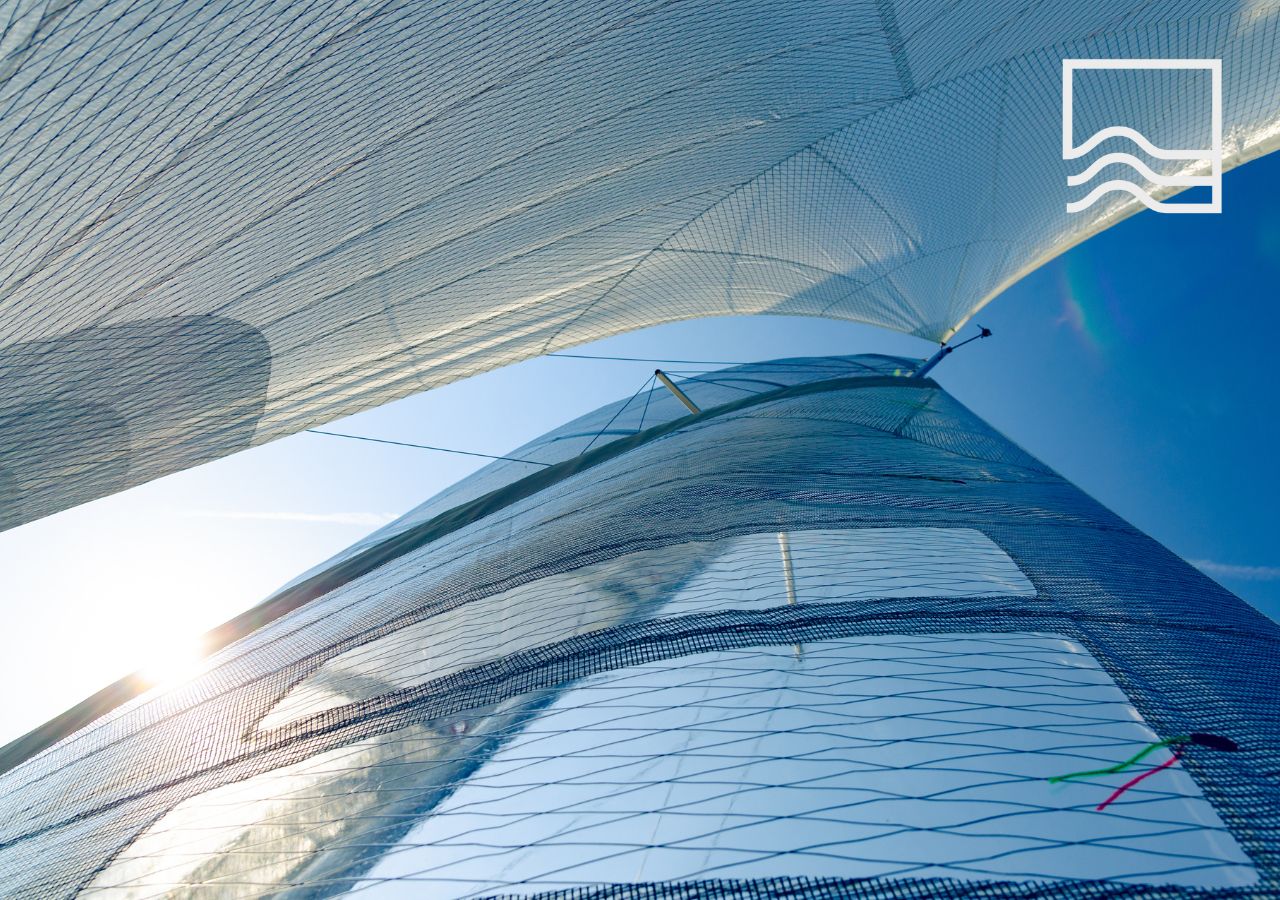Hydrogeneration: Sustainable Power for Marine Enthusiasts
As the maritime industry steers towards environmentally-conscious practices, hydrogeneration emerges as a promising solution in yacht propulsion. But what exactly is hydrogeneration, and how does it work and revolutionize the sailing experience?
What the hydrogeneration is?
Essentially, sailing vessels rely on wind to propel them forward, while in hydrogeneration, it's the kinetic energy of water flowing around the propeller that drives the process.
But how it works?
Hydrogeneration allows a sailing yacht's electric motor to replenish its battery while the boat is in motion or being towed by sails. The movement of water rotate the propeller, causing it to spin either forwards or backwards. This spinning motion induces rotation of the shaft on which the propeller is mounted generating the rotational energy. Then it is converted into electric energy by a motor which is working in regenerative mode through electromagnetic induction. Then the sustainability energy is stored in the yacht's battery bank.
Why Use it?
The sustainable power stored in this reservoir is used to power various onboard systems and appliances, primarily those serving hotel loads and amenities. Reduces reliance on fossil fuel generators and promotes a smooth and environmentally conscious sailing experience. Consequently, it leads to substantial savings on fuel costs and reduces the vessel's ecological footprint.
The AMPROS Case Study.
Our study showcases the potential of hydrogeneration. We faced the task of integrating hydrogeneration with controllable pitch propellers (CPP) into a 93ft sailing performance catamaran new design. It can be extrapolated to other vessels with given performance – speed and propeller diameter.
The efficiency of hydrogeneration is constrained by physics and relies heavily on the size and type of the propeller used. When the boat moves, the propellers produce drag, which slows down the boat. As the boat moves slower, it generates less electrical energy from the propeller. This suggests that using hydrogeneration at all speeds may not be worthwhile. The controllable pitch propeller provides additional opportunities for hydrogeneration. By adjusting the blade pitch, sailors can optimize power generation efficiency based on prevailing conditions like wind speed and water currents, optimizing speed versus drag characteristics This flexibility offers precise control over the generation process, potentially increasing electricity production and storage bigger amount of power in the battery bank.
However, this topic is complex because it's based on many assumptions and estimations. The primary challenge is to strike a balance between boat speed and maximizing power generation.
We've assumed that the boat will be equipped with a 26” propeller with 120kW permanent magnet electric motor. Based on previous study, we assume overall system efficiency (including propeller, electric motors and mechanical losses) to be 23%.
The table below presents various yacht speeds and the corresponding power values achievable through hydrogeneration within the most feasible range. In essence, our calculations indicate that hydrogeneration can gain a maximum power output of 15 kW when sailing speeds range between 10 and 20 knots. For instance, if the yacht sails at 12 knots and requires 10 kW of power from the hydrogeneration system, it can generate approximately 240 kWh of electrical energy over 24 hours, slowing the boat down by only about 2-3 knots. In this scenario, we can nearly fully charge the high voltage batteries (240 kWh) within a day. Comparatively, hydrogeneration offers the same energy output as a diesel generator but saves 48 kg of fuel without emitting any pollution, assuming a fuel consumption rate of 200 g/kWh.

In our case the CPP and hydrogeneration implementation significantly improves the yacht's performance and fuel efficiency. The ability to adjust propeller pitch enabled precise control over thrust and speed, will also result in smoother sailing. Moreover, the reduced noise and vibration levels associated with CPP contributed to enhanced onboard comfort for passengers and crew, further improving the overall sailing experience. The design is very promising and yet exceeding the expectations of the yacht owner.
However, CPP systems are costly and typically found in larger vessels due to their complex design and higher initial investment. While they offer superior control and efficiency, the expense of installing CPP systems may not be feasible for smaller yachts.
For prospective clients seeking a sailing yacht design that stands the test of time, hydrogeneration is the ultimate solution. As battery and electric motor technologies continue to evolve at a rapid pace, investing in hydrogeneration ensures your vessel remains at the forefront of sustainability and performance.
Future Directions:
- Technological Innovation: Continued research and development efforts can enhance hydrogeneration systems, improving their efficiency, reliability, and potentially reducing implementation costs.
- Education and Outreach: Educating sailors about hydrogeneration benefits and implementation can foster widespread adoption.
- Regulatory Support: Governments can incentivize hydrogeneration adoption through policy measures like tax incentives.
- Collaborative Initiatives: Industry collaboration can expedite hydrogeneration integration into mainstream maritime practices.
In summary, hydrogeneration presents a sustainable solution for maritime activities, merging environmental responsibility with technological advancement. By tapping into the natural energy of the sea, sailors pave the way for a greener, more sustainable future on the water.



